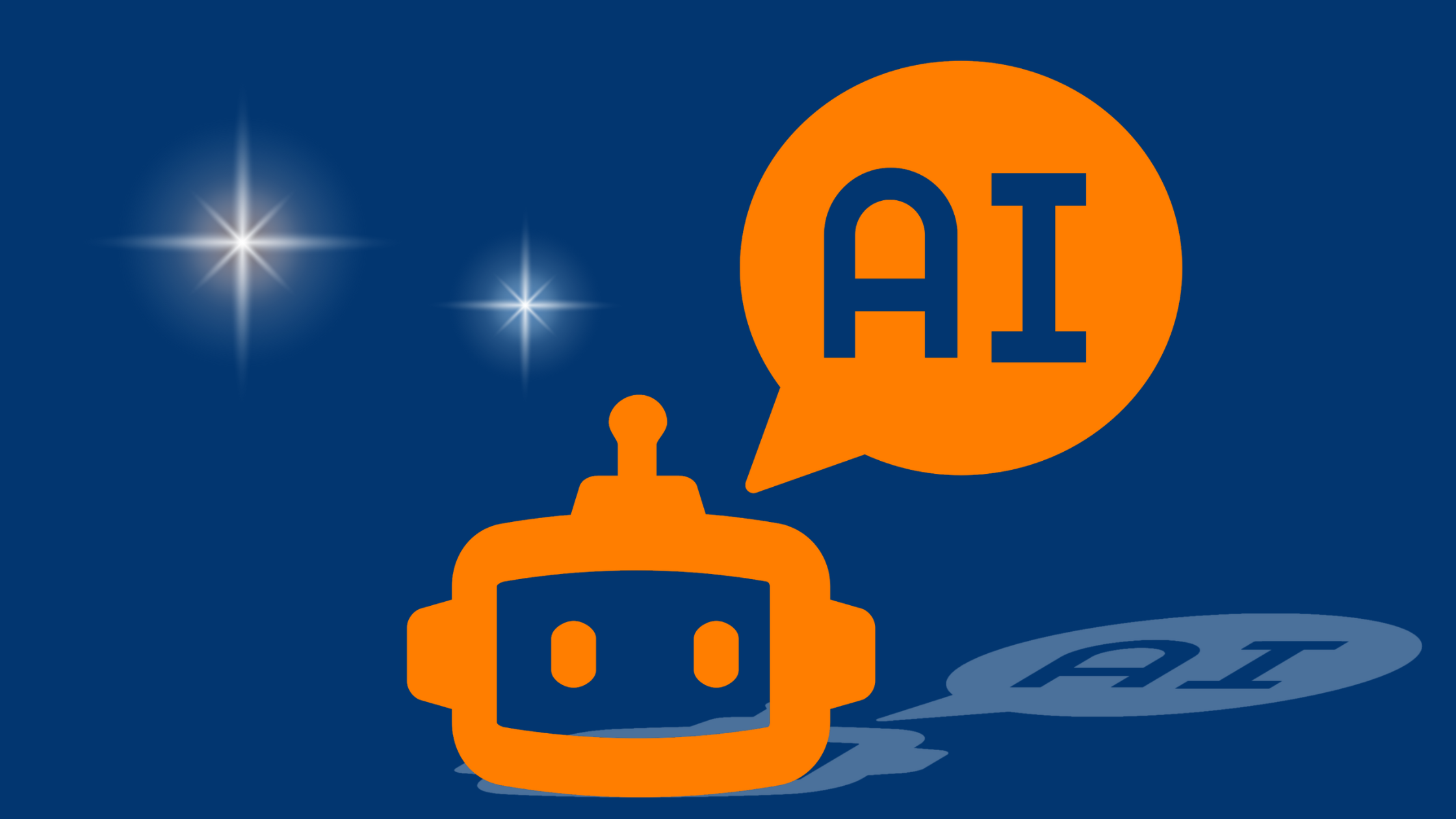Most people blame ChatGPT for bad answers. The real problem? Your question sucked.
You see, using ChatGPT without a good prompt is like trying to bake a Sussex Pond Pudding without a recipe (thanks, The Great British Bake Off, for teaching me so many foods I never heard of!).
Sure, you might get something edible, but wouldn’t it be easier (and tastier) with a plan?
We have worked with A LOT of beginner users, and most say they get frustrated and give up on AI tools because they don’t get useful results. What we have found is that their prompt is their issue, not the tool they are using.
Instead of asking:
“Write a marketing plan.”
Try:
“Create a marketing plan for a new therapy practice that focuses on play therapy for children, includes a small budget, and uses mostly local outreach. The target audience is busy moms who barely have time to brush their hair.”
Specificity drives better results. The fix is simple: be specific, or risk bland answers you’ll delete on sight
We teach you exactly how to get answers that actually help in our ChatGPT for Complete Beginners course.

Stop wrestling with vague answers
Learn how to ask prompts that actually work


Comments